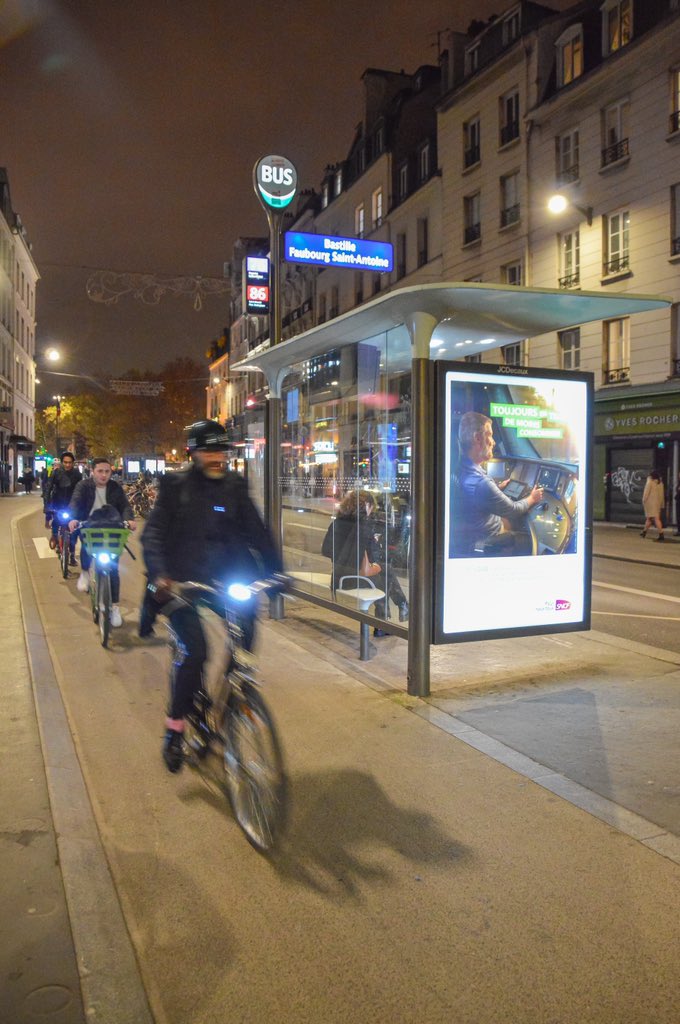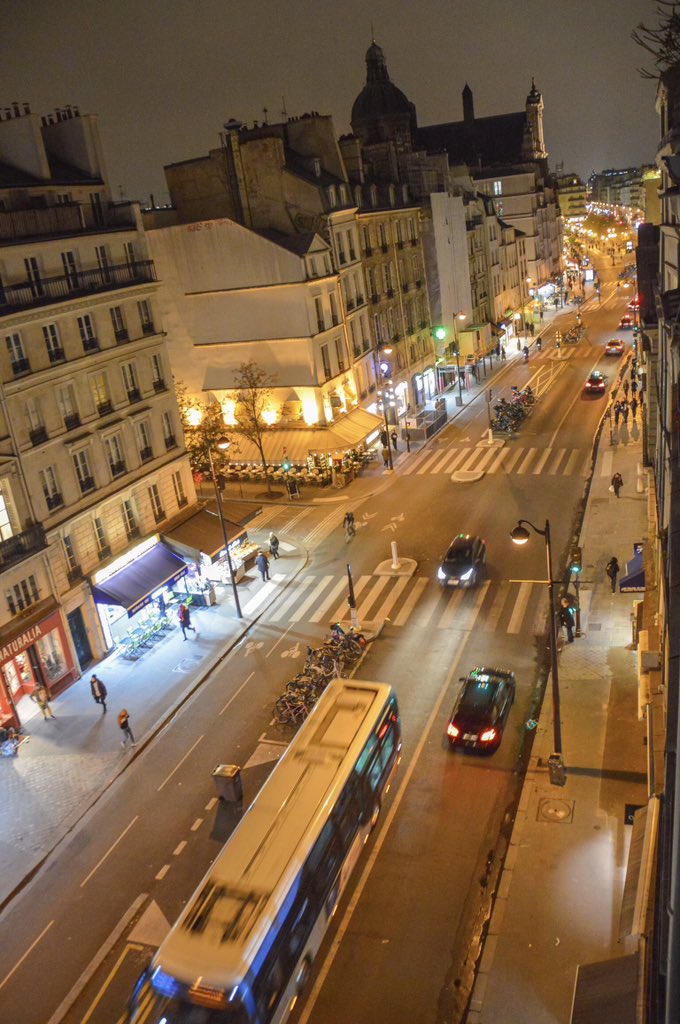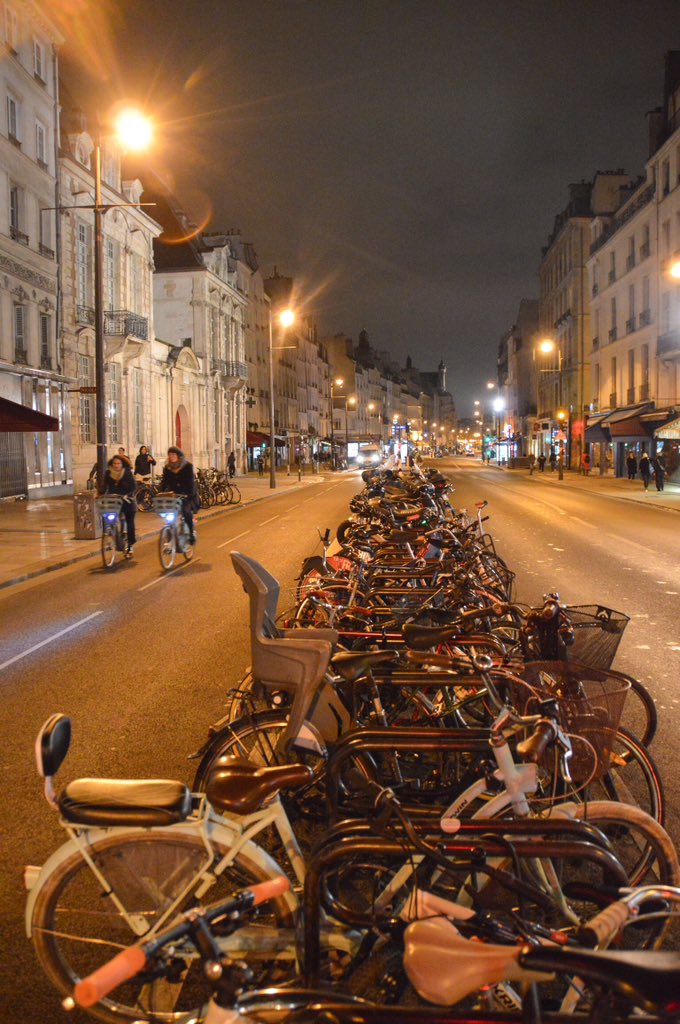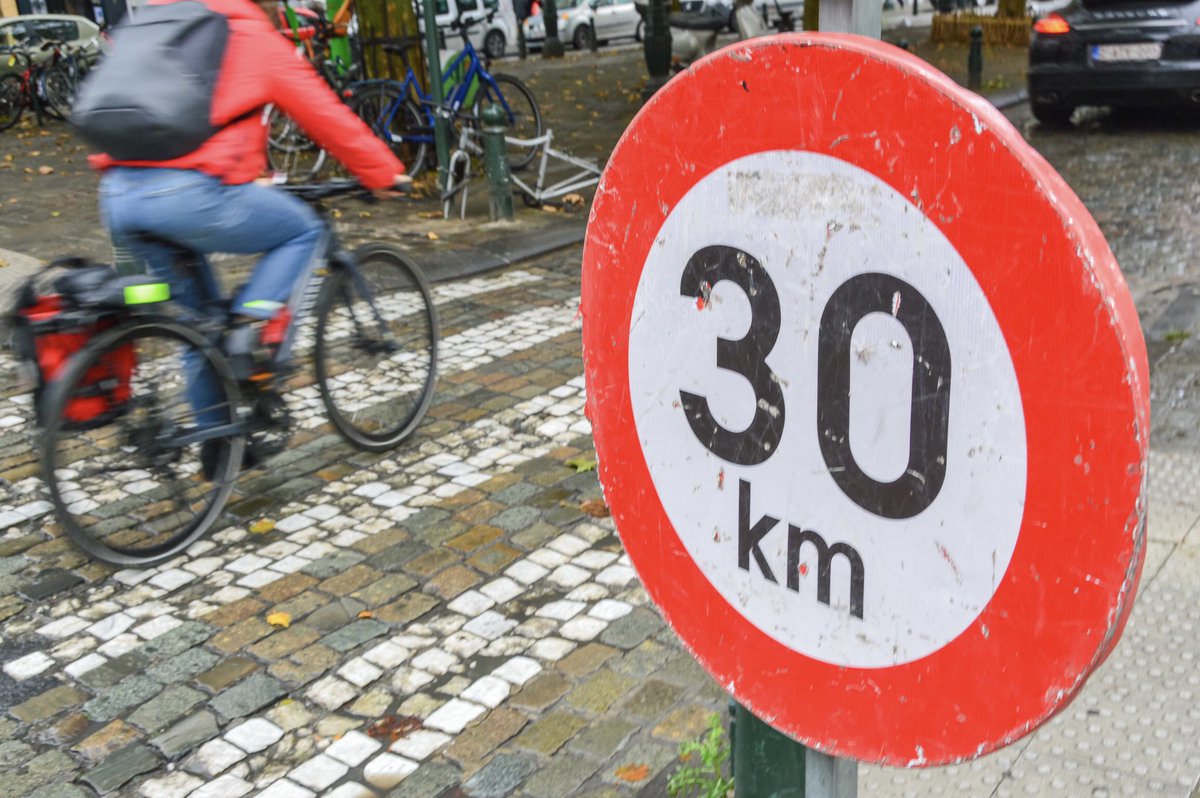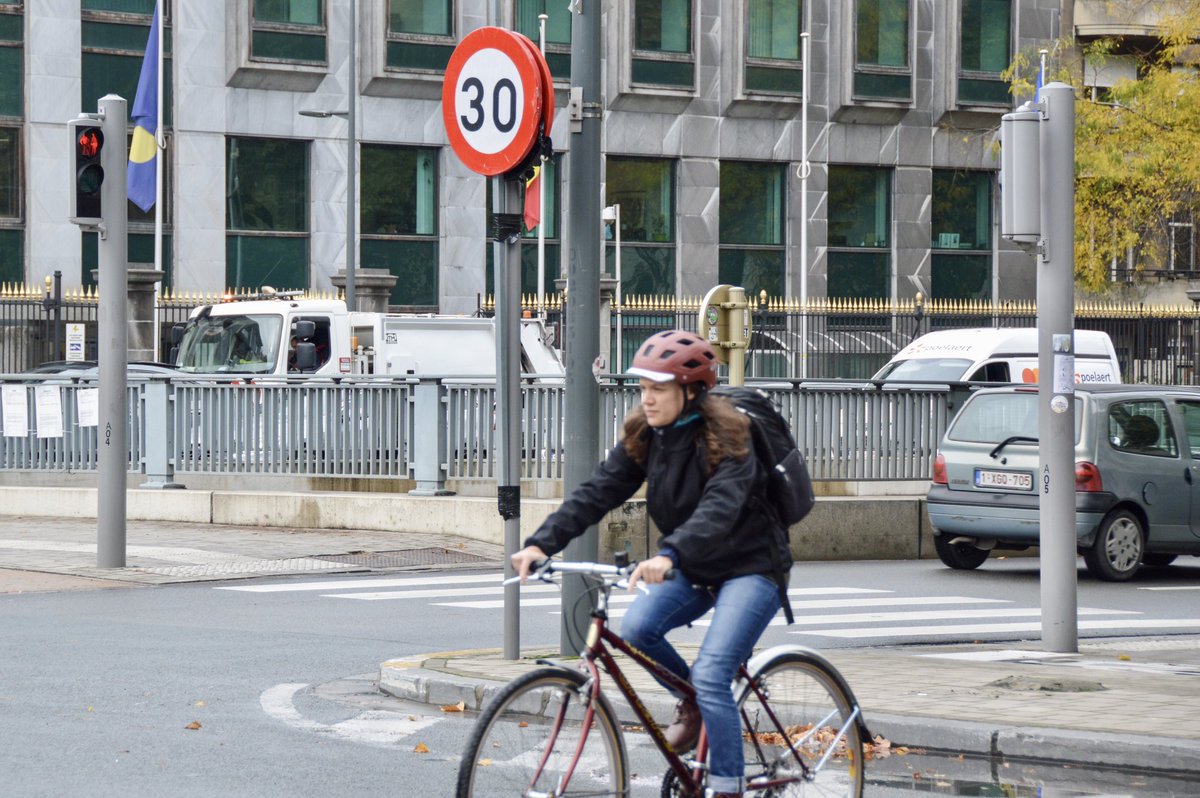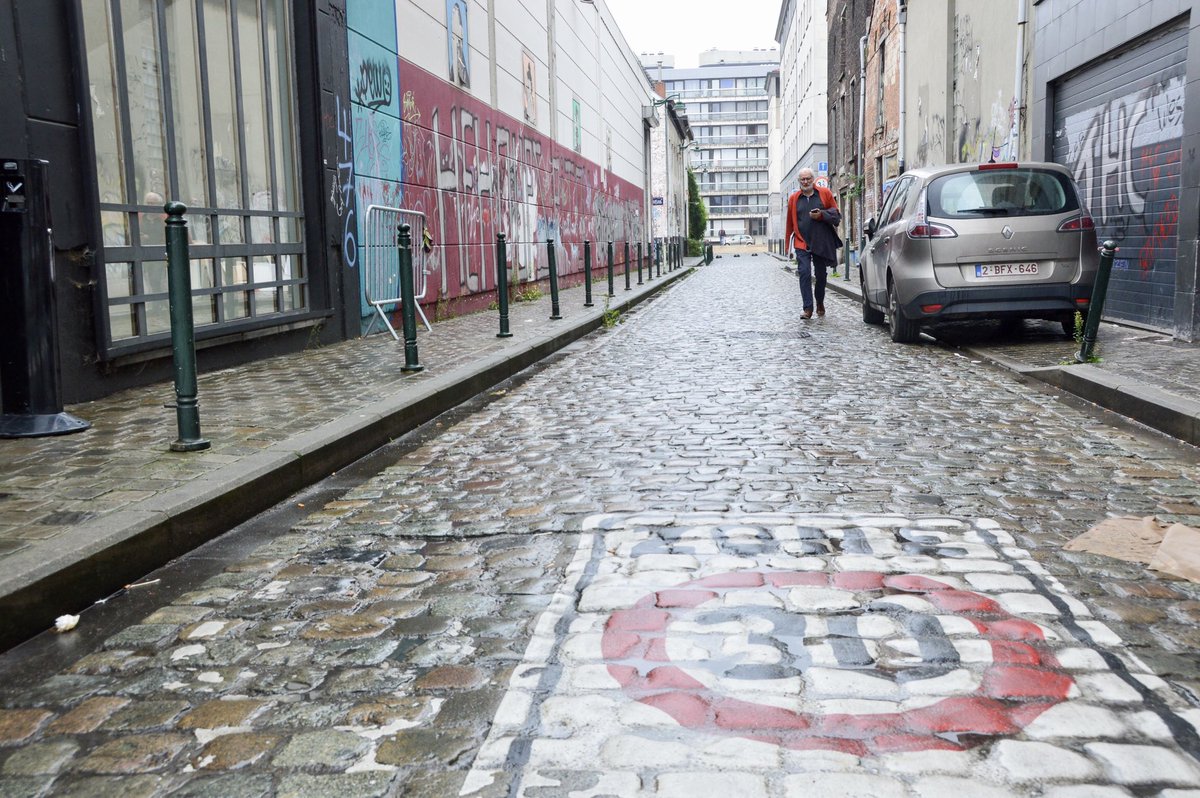
All over the world, communities are reimagining themselves as places for people not cars. That process starts with stirring the hearts and minds of everyone involved.
Twelve books we read in the past 12 months that changed how we think about cities.
An #UrbanismBookClub Thread.
Twelve books we read in the past 12 months that changed how we think about cities.
An #UrbanismBookClub Thread.

1. 'Autonorama: The Illusory Promise of High-Tech Driving' by @PeterNorton12
https://twitter.com/modacitylife/status/1483097036127969287
2. 'Car-Free Cities' by J.H. Crawford
https://twitter.com/modacitylife/status/1514891655299710978
3. 'Cycling for Sustainable Cities' by @Buehler_Ralph and John Pucher
https://twitter.com/modacitylife/status/1530519265358626819
4. 'City Streets are for People' by @AndreaPCurtis and @EmmaFitz_Art
https://twitter.com/modacitylife/status/1530941631129600001
5. 'The Car That Wanted to be a Bike' by @LiorSteinberg and @Rrrita_Kruglova
https://twitter.com/modacitylife/status/1535607664222298117
6. 'Movement: How to Take Back Our Streets and Transform Our Lives' by @tverka and @fietsprofessor
https://twitter.com/modacitylife/status/1538195008154648577
7. 'Around the World in 80 Trains: A 45,000 Mile Adventure' by @monisha_rajesh
https://twitter.com/modacitylife/status/1540234288288960513
8. 'Ludicrous: The Unvarnished Story of Tesla Motors' by @Tweetermeyer
https://twitter.com/modacitylife/status/1545412242660892674
9. 'Cities for Life: How Communities Can Recover from Trauma and Rebuild for Health' by @jasoncorburn
https://twitter.com/modacitylife/status/1546741352632913920
10. 'Getting to the Heart of Science Communication: A Guide to Effective Engagement' by @frkearns
https://twitter.com/modacitylife/status/1552770894254280704
11. 'Road to Nowhere: What Silicon Valley Gets Wrong about the Future of Transportation' by @ParisMarx
https://twitter.com/modacitylife/status/1561381035849519110
12. Gentrification is Inevitable and Other Lies by @LellyK
https://twitter.com/modacitylife/status/1578796064382996480
And if you haven't already, please consider picking up our books 'Building the Cycling City' and 'Curbing Traffic', published by @IslandPress in 2018 and 2021, respectively.
https://twitter.com/modacitylife/status/1589541309127483392
• • •
Missing some Tweet in this thread? You can try to
force a refresh




